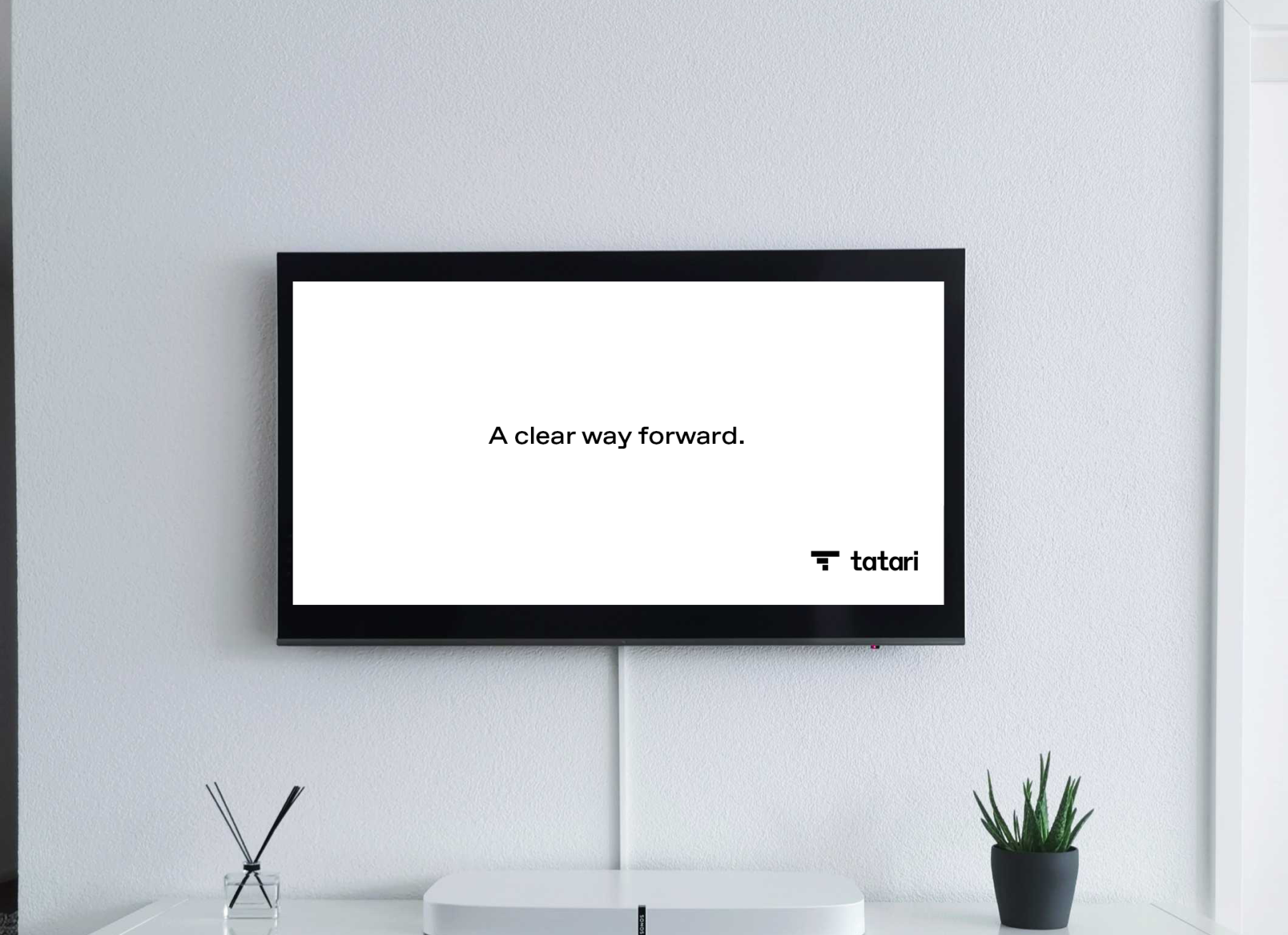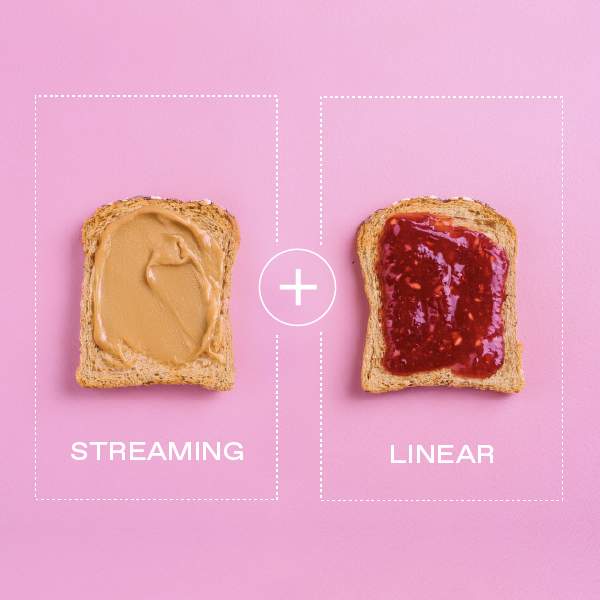
Why your TV commercial should have a persistent brand watermark
What exactly makes a great ad? Making a powerful creative is both an art and a science, and at Tatari we provide guidance for both. Artistic aspects like tone and production quality are critical to a great creative, but difficult to objectively isolate and measure. In this article, we discuss the quantitative aspects and focus on the more objective binary features that can be tested for impact on creative performance.
In addition to examining creative de-bias for each client, another method we use to understand what makes an ad creative perform is tagging specific elements (e.g. coupon code, persistent brand watermark, etc.) in every creative that is aired across all our clients. We then look for all creatives that have the same tag and see if it is correlated with (strong) performance.
Some of these tested features can drive a 20% higher lift. While we won’t unveil all of them in this post, we will discuss one which has been effective for 70% of Tatari clients who have tested it: brand watermarking! See table below.
Across all A/B tests conducted, the insertion of a brand watermark has been effective for 70% of Tatari clients, with an average response lift of 8% for creatives.
Why does it generally work? People may be partially distracted or even mute the volume on their TV, and in some cases, viewers could lose interest before the brand name is shown. Also, memories are fallible and visually linking the brand name throughout the spot can engrain a connection between the product and the brand. Finally, in some cases a brand of URL might not have the expected spelling. For example, brand XYZ might have the URL: www.buyXYZ.com. The persistent URL will help avoid having a frustrated potential buyer give up before making a purchase.
How the brand watermark is executed is also important. Displaying a banner with the brand name and website URL at the bottom of the screen is correlated with lower response. Possibly that owes to pulling the viewer’s attention away from the body of the spot and also requires more mental processing The lower response may also owe to an association with stereotypical lower quality “Call Now!” infomercial-type ads.
We recommend creative testing to continuously improve creatives. Including a creative with a brand watermark is a simple yet likely effective option for such a test, but it’s just one of many more elements that we examine (using quantitative data & analysis) with our clients and their production agencies.

Param Dhillon
I like science, data, and roller derby.
Related
Why Linear + Streaming Work Better Together
When one advertiser shifted from a dual-channel TV strategy to streaming-only, performance quickly declined. See what happened when they turned linear back on.
Read more
What Marketers Should Know About Netflix Advertising (Before You Buy)
Netflix has officially entered the ad game—and with its unmatched viewership and new live sports deals, it's changing the rules. Discover what this means for your brand, and how to tap into premium audiences without wasting your media dollars.
Read more
Conversations on the Croisette: Tatari Explores the Future of TV Media Buying at Cannes
Speaking at this year’s Cannes Lions, Tatari took the stage to show that performance TV can be both measurable and creative—all while leveraging AI to plan smarter and drive stronger results.
Read more


